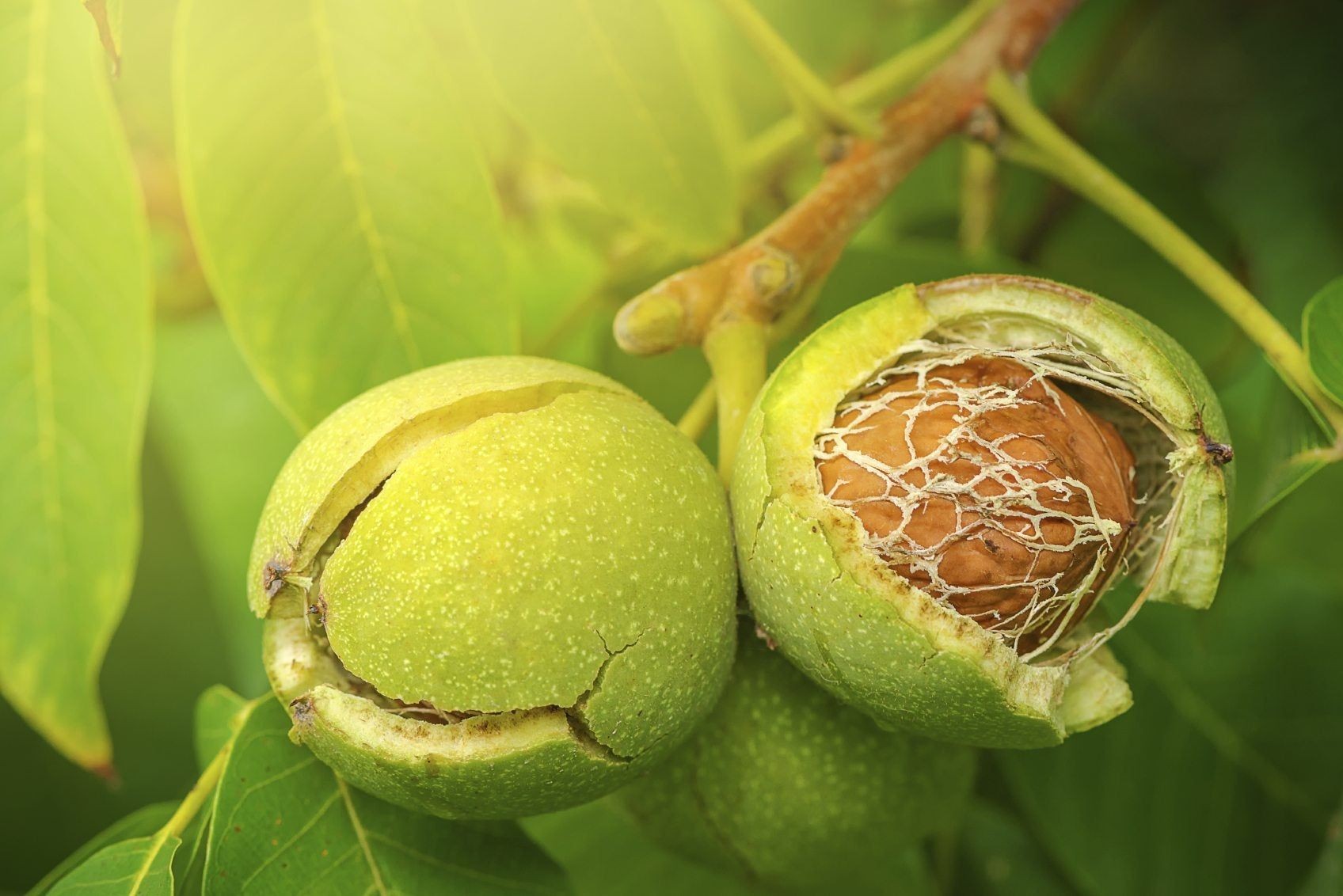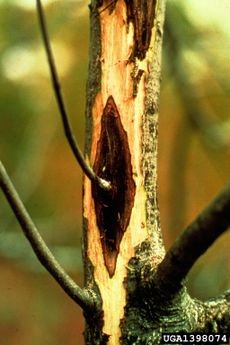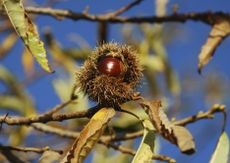No products in the cart.
NEWS
Grow Your Own Nut Trees: Essential Guide to Planting, Care, and Harvest
Growing your own nut trees offers immense satisfaction, transforming your landscape into a source of delicious, nutritious bounty. Imagine cracking open fresh, homegrown nuts to add to your favorite recipes or enjoy as a healthy snack. While rewarding, successfully cultivating nut trees requires understanding their specific needs, from selecting the right variety for your climate to managing common challenges and knowing the perfect time to harvest. As experts in agriculture and gardening at Biogarden.Asia, we’re here to guide you through the journey of nurturing these valuable trees for a productive future.
Why Embrace Nut Trees in Your Garden?
Beyond the delectable harvest, nut trees provide numerous benefits. They add significant aesthetic value with their varying forms and seasonal changes. Many offer welcome shade, reduce soil erosion, and can create habitat for wildlife (though you’ll want strategies to ensure you get to enjoy the nuts too!). Incorporating nut trees into your landscape is a long-term investment that enhances biodiversity and provides a sustainable food source for years to come. Varieties like walnuts, hazelnuts, pecans, pistachios, pine nuts, chestnuts, almonds, and butternuts each bring unique characteristics and flavors.
Choosing and Planting the Right Nut Trees
The first crucial step is selecting nut tree species that thrive in your specific growing zone and site conditions. Factors like climate, soil type, sunlight availability, and space are paramount. Some nut trees have particular needs; for instance, certain hazelnut varieties require cross-pollination for nut production, involving a somewhat unique flowering and pollination process often relying on wind. Pistachios, known for their popularity and cost, flourish in climates with hot summers and distinctly cool winters. Pecan trees are iconic in warmer regions. Understanding these environmental requirements is key to success.
 Ripe walnuts hanging on a tree branch, ready for harvest.
Ripe walnuts hanging on a tree branch, ready for harvest.
Once the right variety is chosen, proper planting is vital. Prepare the soil well, ensuring good drainage. Most nut trees prefer a sunny location. Water young trees consistently to help them establish strong root systems. Providing adequate space for mature size is also essential for long-term health and productivity.
Nurturing Growth: Care and Managing Challenges
Like any long-term crop, nut trees require ongoing care. This includes appropriate watering, especially during dry periods, and nutrient management to support healthy growth and nut production. Maintaining overall tree vigor is your best defense against many problems.
Several common issues can affect nut trees. Pecan trees, for example, can be susceptible to various fungal diseases like twig dieback, downy spot, vein spot, leaf mold (articularia leaf mold), leaf blotch, shuck decline and dieback, as well as issues like nematospora which causes kernel discoloration, often linked to stressed trees due to environmental factors. Almond trees can suffer from hull rot, a fungal disease affecting the nut hulls. Black walnut trees can face specific pests and diseases that may lead to their decline or death, requiring vigilance to spot the signs of a dying tree. Butternut trees are unfortunately highly vulnerable to butternut canker disease, which is often fatal and dramatically impacts the tree’s appearance and health. Pistachio trees, while rewarding, can also present various challenges in the home garden.
 Butternut tree trunk showing symptoms of canker disease.
Butternut tree trunk showing symptoms of canker disease.
While specific treatments vary by issue and tree type, promoting soil health and overall tree vitality through balanced nutrition and good cultural practices is a fundamental preventative measure. Regular monitoring helps catch problems early before they severely impact the harvest.
Harvesting Your Homegrown Nuts
One of the most exciting stages is knowing when and how to harvest your nuts. The timing and method differ depending on the nut species. Walnuts are typically ready to pick when the outer husk begins to split. Pistachios, botanically seeds rather than true nuts, are also harvested when their hulls start to split and show the nut inside. Chestnuts are harvested when the spiny burs (hulls) enclosing them split open, often falling to the ground.
 Spiny burs (hulls) containing chestnuts still attached to a tree branch.
Spiny burs (hulls) containing chestnuts still attached to a tree branch.
Pine nuts, which are seeds found within the cones of certain pine species (like Pinon pines), require collecting the cones and extracting the seeds. Beaked hazelnuts are a unique native variety prized by both humans and wildlife. Learning these specific harvesting cues ensures you gather your nuts at their peak quality. Proper drying and storage after harvesting are also crucial for preserving your bumper crop.
Conclusion
Cultivating nut trees is a rewarding endeavor that enriches your garden and your table. From selecting the perfect species for your climate and providing consistent care to identifying and managing potential issues and timing your harvest just right, each step brings you closer to enjoying your own supply of delicious, nutritious nuts. While challenges exist, the satisfaction of growing, harvesting, and preparing your own walnuts, hazelnuts, pecans, pistachios, or other nuts is unparalleled. Embark on this journey with confidence, and your efforts will be generously rewarded with homegrown bounty. Explore the resources available at Biogarden.Asia to support your nut tree growing success.



